economist.com
via NIM on Facebook
America’s largest ethnic group has assimilated so well that people barely notice it
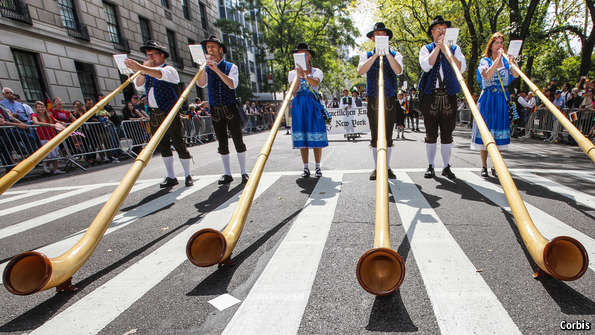
ON A snow-covered bluff overlooking the Sheboygan river stands the Waelderhaus, a faithful reproduction of an Austrian chalet. It was built by the Kohler family of Wisconsin in the 1920s as a tribute to the homeland of their father, John Michael Kohler, who had immigrated to America in 1854 at the age of ten.
John Michael moved to Sheboygan, married the daughter of another German immigrant, who owned the local foundry, and took over his father-in-law’s business. He transformed it from a maker of ploughshares into a plumbing business. Today Kohler is the biggest maker of loos and baths in America. Herbert Kohler, the boss (and grandson of the founder), has done so well selling tubs that he has been able to pursue his other passion—golf—on a grand scale. The Kohler Company owns Whistling Straits, the course that will host the Ryder Cup in 2020.
German-Americans are America’s largest single ethnic group (if you divide Hispanics into Mexican-Americans, Cuban-Americans, etc). In 2013, according to the Census bureau, 46m Americans claimed German ancestry: more than the number who traced their roots to Ireland (33m) or England (25m). In whole swathes of the northern United States, German-Americans outnumber any other group (see map). Some 41% of the people in Wisconsin are of Teutonic stock.
German-Americans are America’s largest single ethnic group (if you divide Hispanics into Mexican-Americans, Cuban-Americans, etc). In 2013, according to the Census bureau, 46m Americans claimed German ancestry: more than the number who traced their roots to Ireland (33m) or England (25m). In whole swathes of the northern United States, German-Americans outnumber any other group (see map). Some 41% of the people in Wisconsin are of Teutonic stock.
Yet despite their numbers, they are barely visible. Everyone knows that Michael Dukakis is Greek-American, the Kennedy clan hail from Ireland and Mario Cuomo was an Italian-American. Fewer notice that John Boehner, the Speaker of the House of Representatives, and Rand Paul, a senator from Kentucky with presidential ambitions, are of German origin.
Companies founded by German-Americans tend to play down their roots, too: think of Pfizer, Boeing, Steinway, Levi Strauss or Heinz. Buried somewhere on their websites may be a brief note that “Steinway and Sons was founded in 1853 by German immigrant Henry Engelhard Steinway in a Manhattan loft on Varick Street”. But firms that play up their Germanic history—as Kohler does, in a short film shown at the Waelderhaus—are rare.
German immigrants have flavoured American culture like cinnamon in an Apfelkuchen. They imported Christmas trees and Easter bunnies and gave America a taste for pretzels, hot dogs, bratwursts and sauerkraut. They built big Lutheran churches wherever they went. Germans in Wisconsin launched America’s first kindergarten and set up Turnvereine, or gymnastics clubs, in Milwaukee, Cincinnati and other cities.
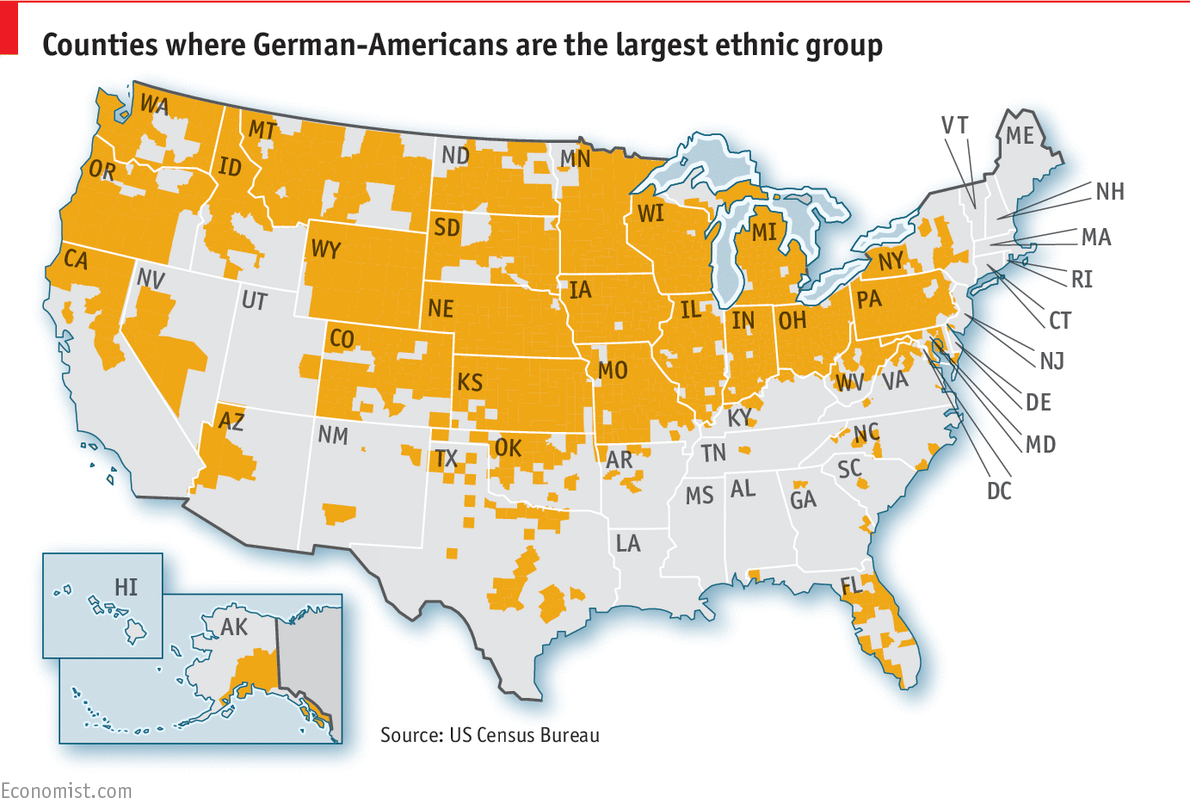
After a failed revolution in Germany in 1848, disillusioned revolutionaries decamped to America and spread progressive ideas. “Germanism, socialism and beer makes Milwaukee different,” says John Gurda, a historian. Milwaukee is the only big American city that had Socialist mayors for several decades, of whom two, Emil Seidel and Frank Zeidler, were of German stock. As in so many other countries where Germans have settled, they have dominated the brewing trade. Beer barons such as Jacob Best, Joseph Schlitz, Frederick Pabst and Frederick Miller made Milwaukee the kind of city that more or less had to call its baseball team the Brewers.
“Germans were not part of the colonial aristocracy,” says Rüdiger Lentz, director of the Aspen Institute Germany. Many Italian and Polish immigrants were middle-class, and they quickly became politically active. German immigrants tended to be poor farmers, which is why they headed for the vast fertile spaces of the Midwest. “The Italians stormed the city halls; the Germans stormed the beer halls,” went the saying.
During the first world war, parts of America grew hysterically anti-German. Some Germans were spat at in the street. The teaching of their language was banned in schools. Sauerkraut was renamed “liberty cabbage”. German books were burned, dachshunds kicked and German-Americans forced to buy war bonds to prove their patriotism. When New Ulm, a predominantly German town in Minnesota, refused to let its young men join the draft, the National Guard was sent in. After the war, German-Americans hunkered down. Many stopped speaking German and anglicised their names.
The second world war saw less anti-German hysteria, although some 10,000 German-Americans were interned as enemy aliens. President Franklin Roosevelt conspicuously appointed military commanders with names like Eisenhower and Nimitz to fight the Axis powers. But the Holocaust gave German-Americans yet another reason to hide their origins.
Today German-Americans are quietly successful. Their median household income, at $61,500, is 18% above the national norm. They are more likely to have college degrees than other Americans, and less likely to be unemployed. A whopping 97% of them speak only English at home.
They have assimilated and prospered without any political help specially tailored for their ethnic group. “The Greeks and the Irish have a far stronger support network and lobby groups than we do,” says Peter Wittig, Germany’s ambassador in America. There was no German-American congressional caucus until 2010, though there were caucuses for potatoes, bicycles and Albanian affairs. The German caucus has quickly grown to about 100 members, who lobby for trade and investment as well as the preservation of their common cultural heritage.
Five years ago a small German-American Heritage Museum opened in Washington, DC. “Germany has never been as popular as it is today,” says Petra Schürmann, the museum’s director. German fests and Oktoberfests have sprung up all over the country, and they are not only about brats and beer, but also about tracing genealogy and displaying traditional dress and craftsmanship. Stuff made by Germans sells. And Americans travel to Germany in droves: the young to hip Berlin and older folks to pretty Heidelberg.
On February 9th Angela Merkel, Germany’s chancellor, will meet Barack Obama in the White House. They will discuss the war in Ukraine, transatlantic trade, the wobbling euro zone and the upcoming G7 summit in Bavaria. Unlike Indian-Americans, who went wild when their new prime minister visited America, German-Americans will barely notice.
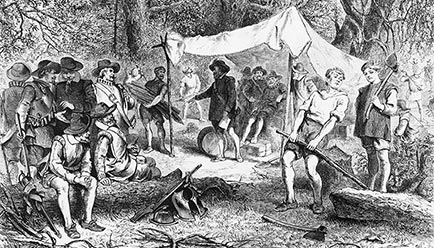
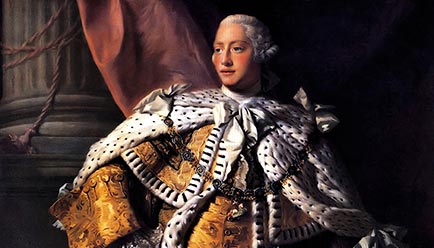
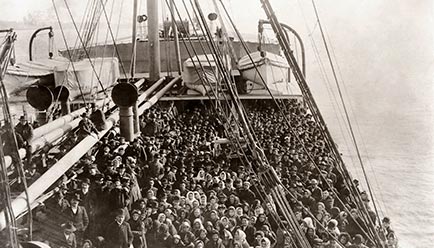

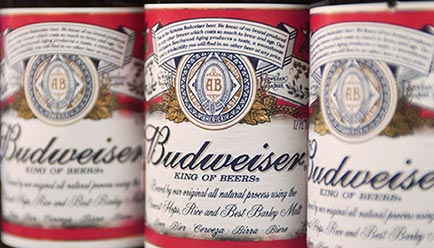
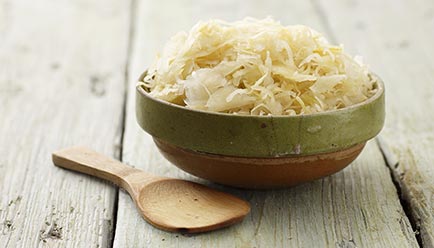

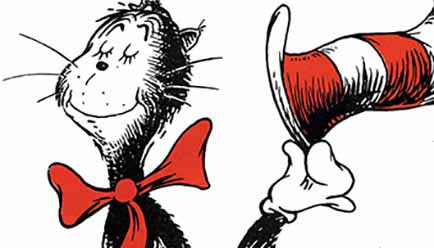
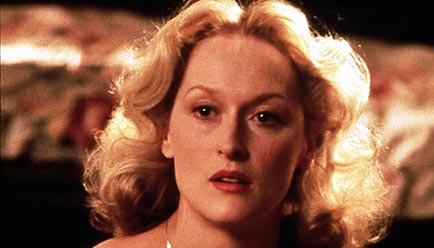

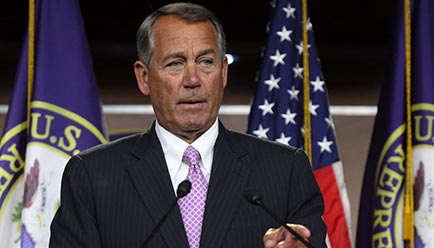
No comments:
Post a Comment